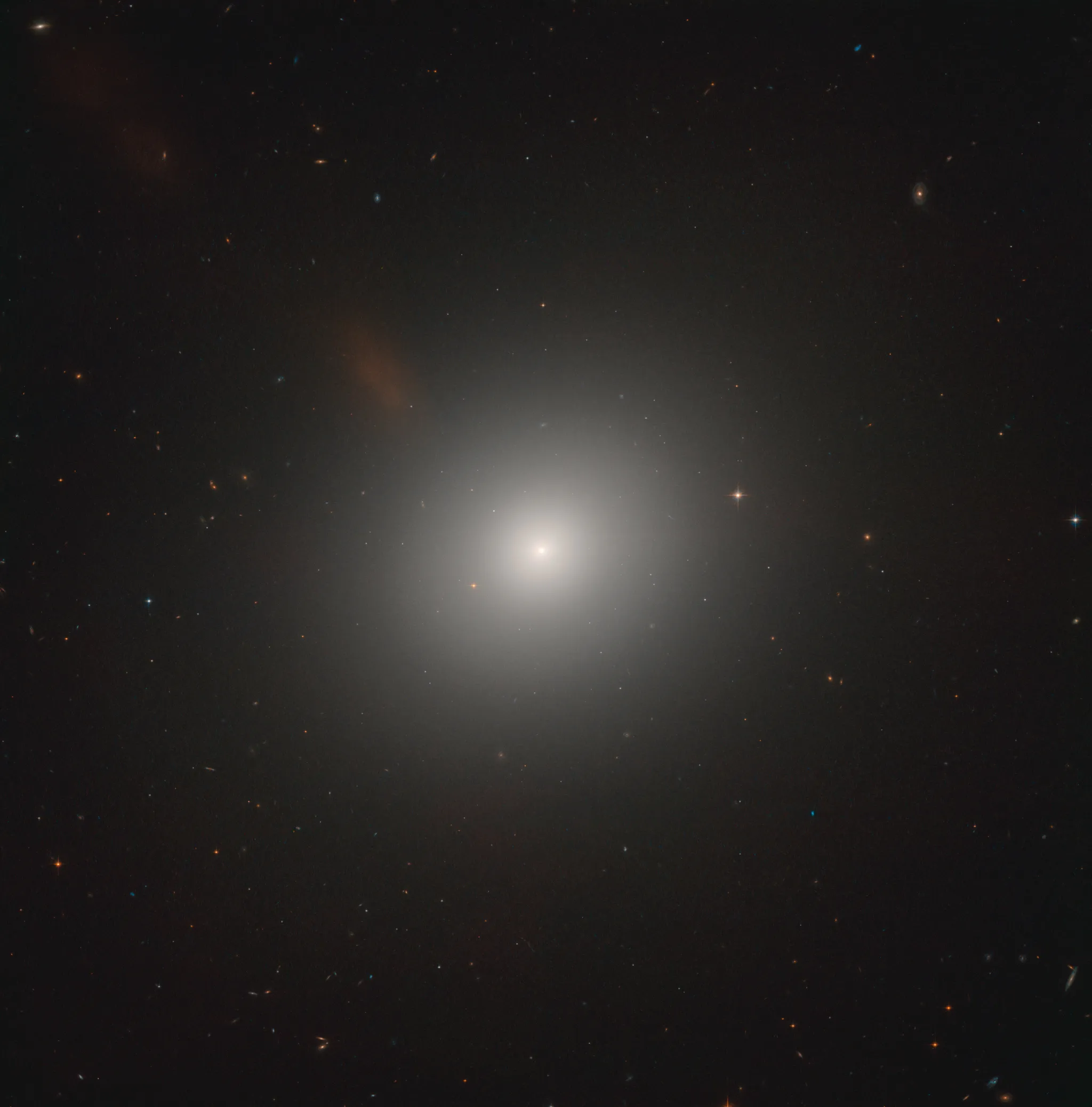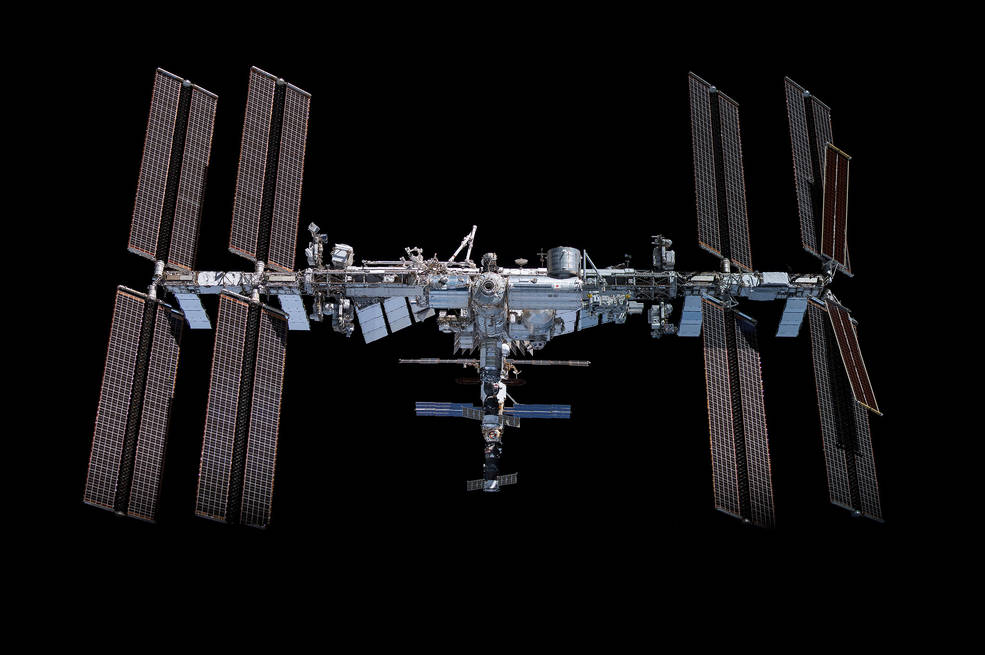Hubble Examines an Active Galaxy Near the Lion’s Heart

It might appear featureless and unexciting at first glance, but NASA/ESA Hubble Space Telescope observations of this elliptical galaxy — known as Messier 105 — show that the stars near the galaxy’s center are moving very rapidly. Astronomers have concluded that these stars are zooming around a supermassive black hole with an estimated mass of 200 million Suns! This black hole releases huge amounts of energy as it consumes matter falling into it, making the system an active galactic nucleus that causes the galaxy’s center to shine far brighter than its surroundings.
Hubble also surprised astronomers by revealing a few young stars and clusters in Messier 105, a galaxy thought to be “dead” and incapable of star formation. Astronomers now think that Messier 105 forms roughly one Sun-like star every 10,000 years. Astronomers also spotted star-forming activity in a vast ring of hydrogen gas encircling both Messier 105 and its closest neighbor, the lenticular galaxy NGC 3384.
Discovered in 1781, Messier 105 lies about 30 million light-years away in the constellation of Leo (The Lion) and is the brightest elliptical galaxy within the Leo I galaxy group.
Text Credit: European Space Agency (ESA)





